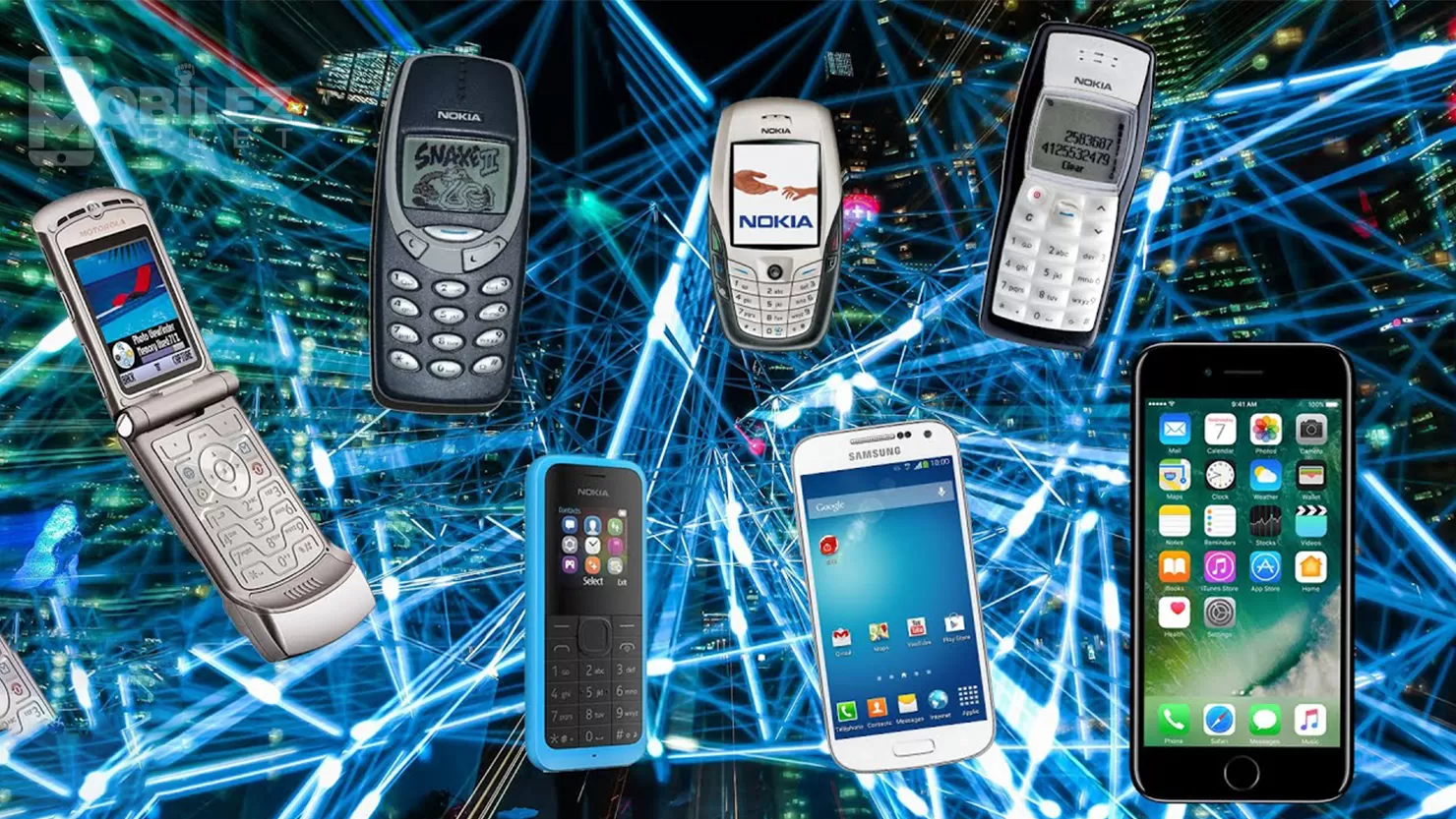The Evolution of Mobile Phones | From Brick to Pocket-sized Computers
Introduction
The evolution of mobile phones has been nothing short of revolutionary, transforming from bulky, brick-like devices to sleek, pocket-sized computers that serve as indispensable tools in our daily lives. In this blog post, we'll embark on a journey through the history of mobile phones, tracing their evolution from their humble beginnings to the sophisticated devices we know today.
- The Early Days: Brick Phones and Analog Technology a. Introduction of Brick Phones: The first commercially available mobile phones, known as "brick phones," were introduced in the 1980s and featured large, cumbersome designs. b. Analog Technology: Early mobile phones utilized analog technology, which provided limited coverage and call quality compared to modern digital networks. c. Limited Features: Brick phones were primarily used for voice calls and lacked the advanced features and capabilities of modern smartphones.
- The Rise of Flip Phones and Compact Designs a. Introduction of Flip Phones: In the 1990s, flip phones emerged as a popular design choice, featuring a clamshell form factor that allowed for compact storage and protection of the keypad and screen. b. Digital Technology: The transition to digital cellular networks in the late 1990s and early 2000s marked a significant milestone in mobile phone technology, improving call quality, coverage, and data transmission speeds. c. Expansion of Features: Flip phones introduced new features such as text messaging, basic internet browsing, and customizable ringtones, expanding the functionality of mobile phones beyond voice calls.
- The Era of Candy Bar Phones and Multimedia Capabilities a. Introduction of Candy Bar Phones: Candy bar phones, characterized by their rectangular shape and non-flip design, gained popularity in the mid-2000s as manufacturers focused on slim and stylish designs. b. Multimedia Capabilities: Candy bar phones introduced multimedia features such as built-in cameras, MP3 players, and color displays, allowing users to capture photos, listen to music, and enjoy multimedia content on the go. c. Evolution of User Interfaces: Candy bar phones featured improved user interfaces with graphical menus, navigation keys, and customizable home screens, enhancing the user experience.
- The Emergence of Smartphones: The Birth of Pocket-sized Computers a. Introduction of Smartphones: The launch of the iPhone in 2007 marked the beginning of the smartphone era, revolutionizing mobile technology with its touchscreen interface, app ecosystem, and internet connectivity. b. Integration of Advanced Technologies: Smartphones combined the functionalities of mobile phones, digital cameras, portable media players, and personal digital assistants (PDAs), offering a versatile and all-in-one device. c. App Revolution: The App Store and Google Play Store democratized app development, enabling developers to create a wide range of applications for productivity, entertainment, communication, and more. d. Connectivity and Cloud Integration: Smartphones leveraged high-speed cellular networks, Wi-Fi connectivity, and cloud services to provide seamless access to online content, email, social media, and cloud storage.
- Modern-Day Mobile Phones: Sophisticated and Connected Devices a. Advancements in Hardware: Modern mobile phones feature advanced hardware components such as multi-core processors, high-resolution displays, multiple cameras, and biometric authentication systems. b. AI and Machine Learning: Artificial intelligence (AI) and machine learning technologies are integrated into mobile phones to enhance features such as voice assistants, camera performance, and predictive text input. c. 5G Connectivity: The rollout of 5G networks promises faster download and upload speeds, lower latency, and improved network reliability, enabling new experiences and applications on mobile phones. d. Augmented Reality (AR) and Virtual Reality (VR): Mobile phones support AR and VR experiences, allowing users to interact with virtual environments, play immersive games, and explore educational content.
Conclusion:
From the bulky brick phones of the 1980s to the pocket-sized computers of today, the evolution of mobile phones has been a remarkable journey of innovation and technological advancement. With each iteration, mobile phones have become more sophisticated, versatile, and connected, transforming the way we communicate, work, and entertain ourselves. As we look to the future, mobile phones will continue to evolve, integrating new technologies and capabilities to further enhance our lives in ways we never thought possible.


